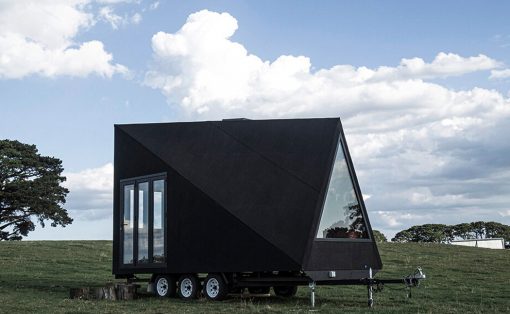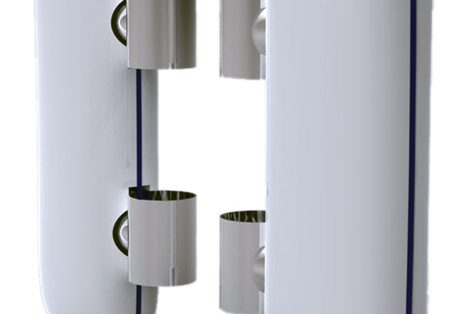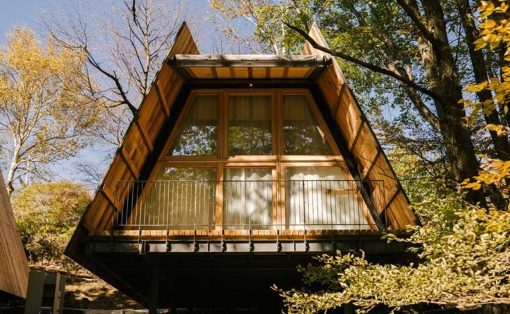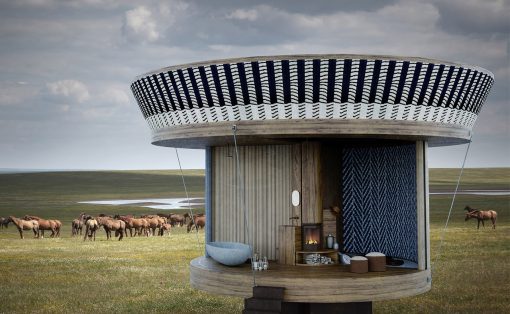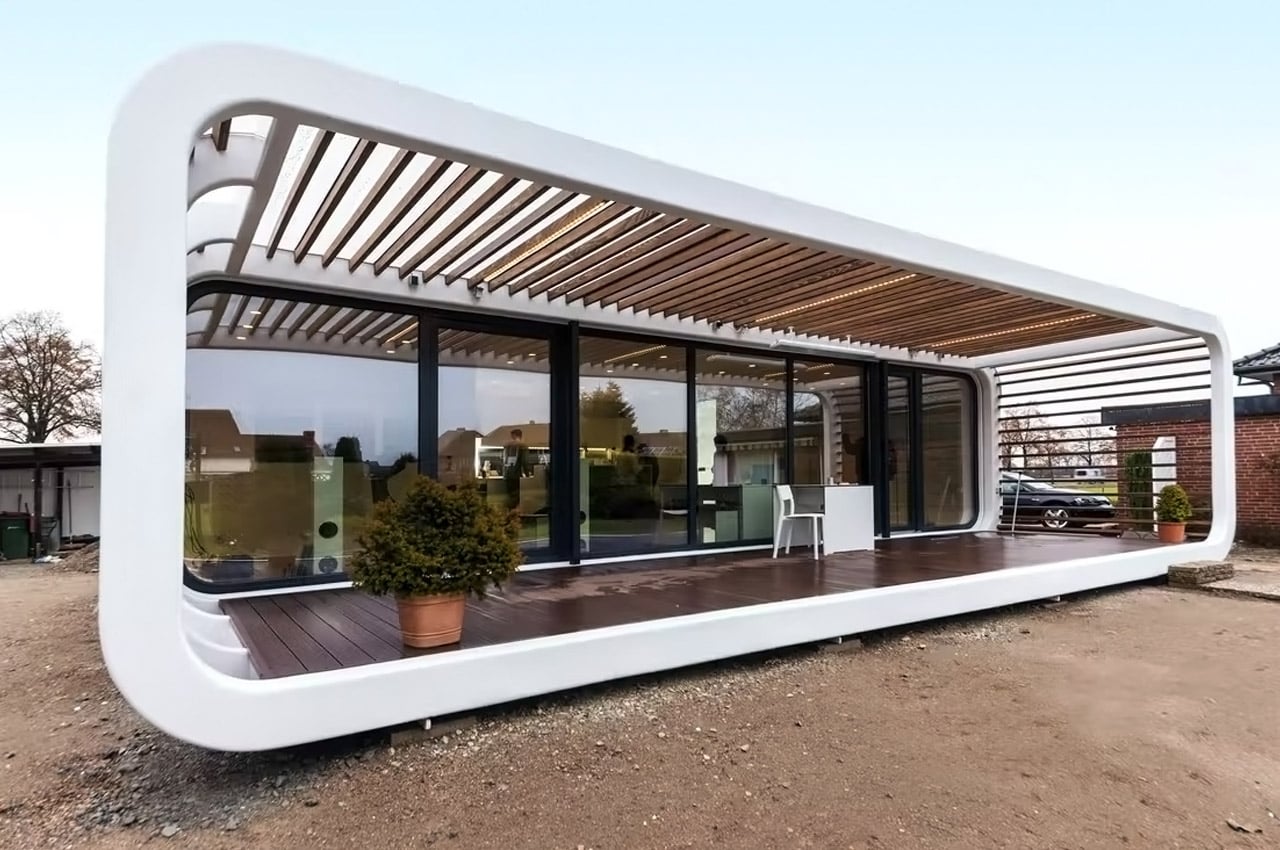
It’s my favorite time of the year – when I get to explore and deep dive into the best tiny homes we’ve encountered in the entire year! Sustainability has been running through everybody’s mind. Ever since the pandemic shook up our world in 2020, we’ve been trying to incorporate sustainability into every aspect of our life, including our homes. And, with everyone aspiring toward’s eco-friendly and mindful ways of living, tiny homes have completely taken over the world of architecture and cemented their place as sustainable, minimal, and economical micro-living setups. What started off as a cute little trend is now turning into a serious option for home spaces. You could say that 2022 was the year of tiny homes! And I do believe this will continue well into 2023. They are a space-saving and eco-friendly living solution that reduces the load on Mother Earth. They’re simple and minimal alternatives to the imposing and materialistic homes that seem to have taken over. And they’re here to stay in 2023. We’ve curated a wide range of micro-home setups that totally grabbed our attention in 2022! From an AI-enabled budget-friendly tiny home to a prefab tiny home that is a smart mobile unit – there’s a tiny home in here for everyone.
1. Coodo
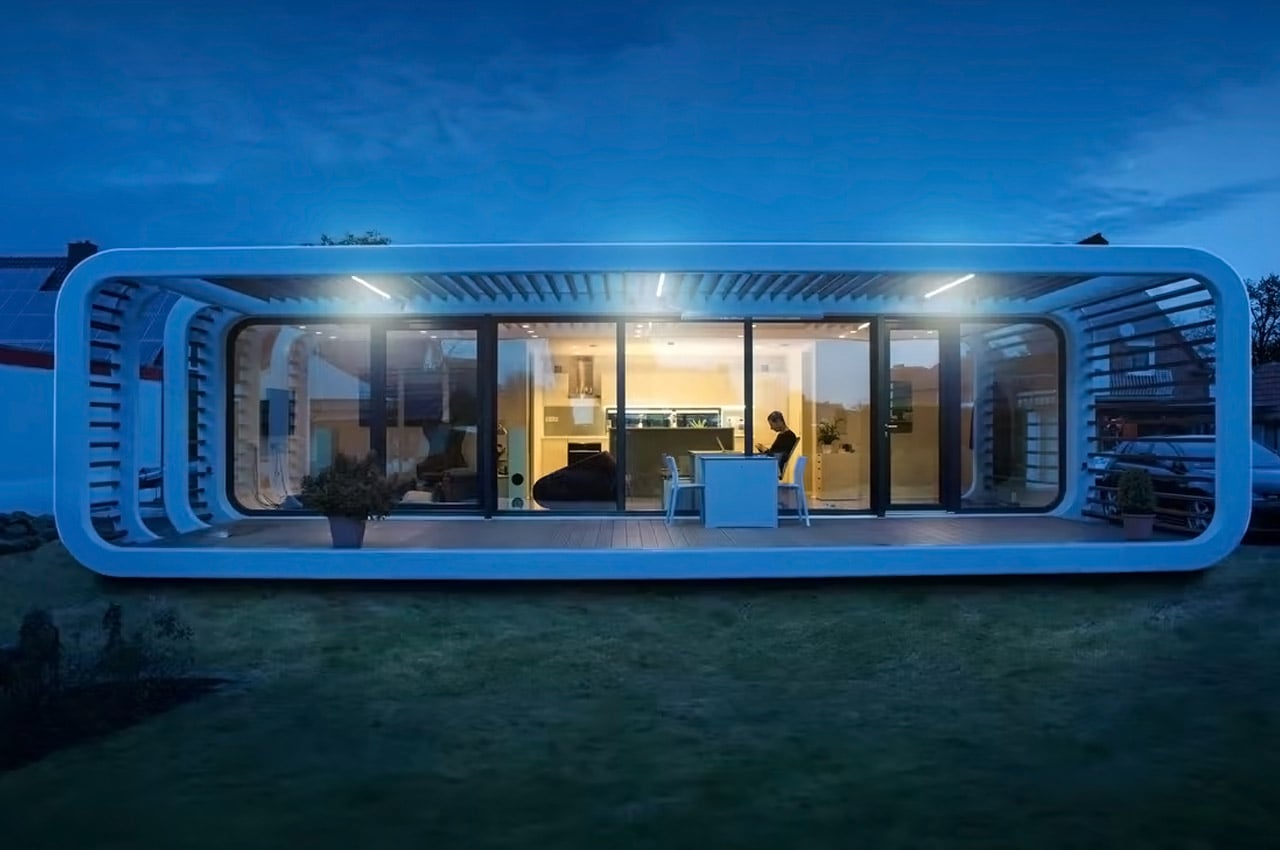
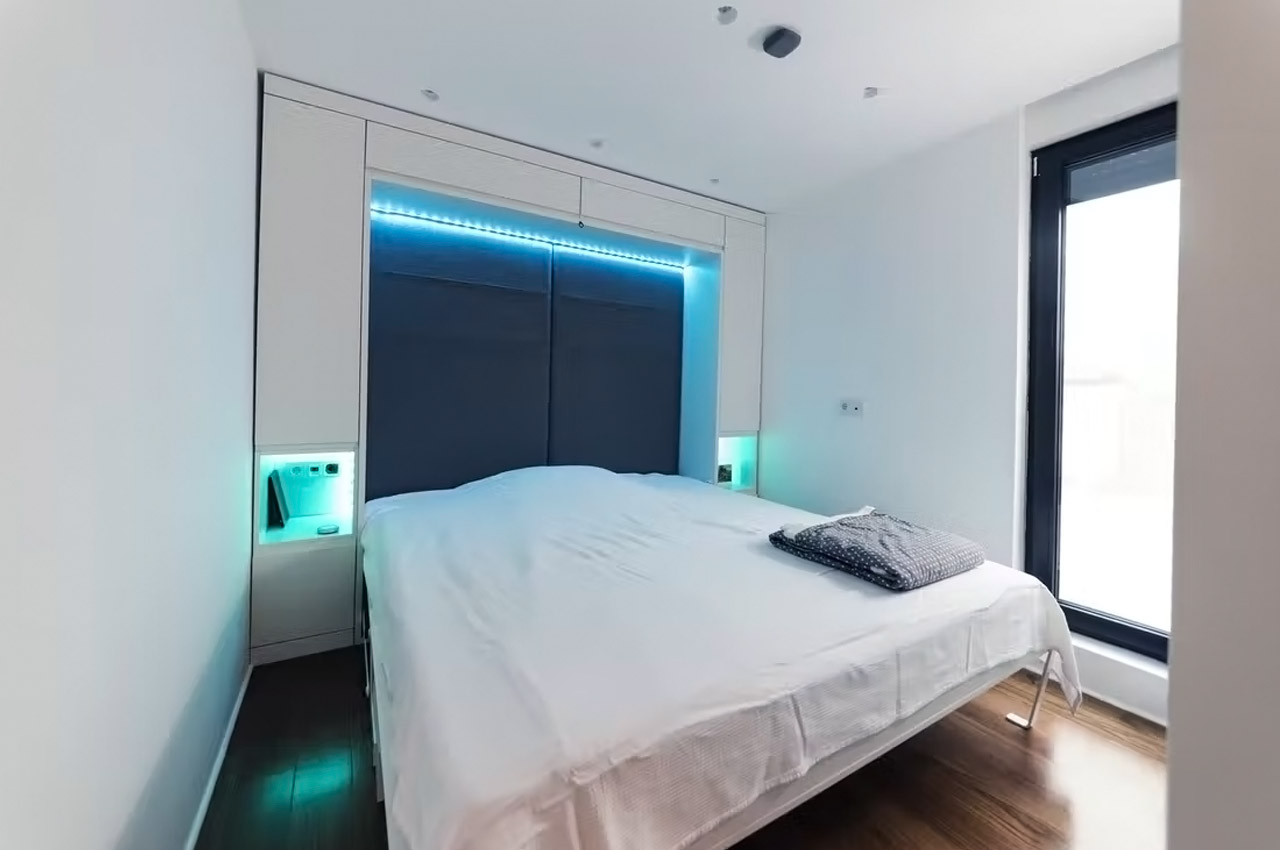
A couple of years ago, German entrepreneur Mark Dare Schmiedel got pretty fed up with the chaos of Berlin and decided to move to the countryside, building his own quaint loft along the banks of the River Spree. The peace, calm, and zen that followed, got him wondering whether it would be possible to create a similar, but a mobile form of home, that could provide the same sanctuary to others. In his quest for such a retreat, he came across a mobile home concept designed by a group of Slovenian architects called ‘Coodo’. Schmiedel went on to procure the design rights of the concept, through his company LTG Lofts to Go and kickstarted the production of the units. The modular homes aim to bring you closer to nature, to a space away from the crowds, where you can truly enjoy the beauty of a moment.
Why is it noteworthy?
It features a curved and minimal steel frame with rounded edges and stunning floor-to-ceiling glass walls. The beautiful glass walls allow a generous stream of sunlight to enter the home. Whether on rooftops in the city, on beaches, on mountains or alongside a river, the Coodo can be easily installed almost anywhere.
What we like
- Integrated utilization of smart home technology
- Adherence to Passive House standards
What we dislike
- No complaints!
2. Cube One

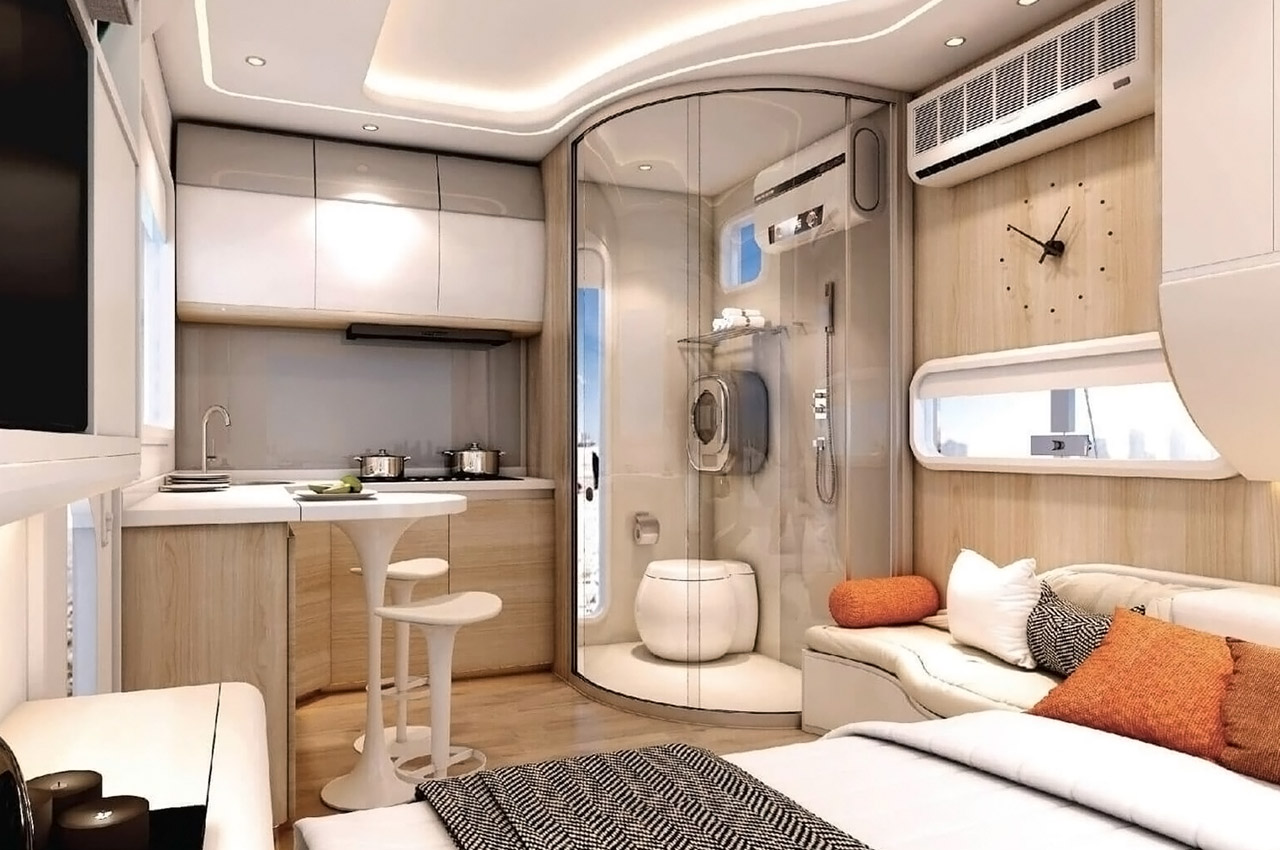
Low-cost, prefabricated, and ready-to-live-in homes are all the rage right now! And tiny home builder Nestron has jumped on the bandwagon with their latest AI-enabled home ‘Cube One’. Cube One is a 156-square-foot home perfect for all kinds of residents – from single youngsters to large families. The value-for-money home has been equipped with built-in furnishings, voice-controlled tech, and a galvanized steel shell that not only lends it a sci-fi feel but also protects it from extreme temperatures and natural disasters.
Why is it noteworthy?
Much like a Rubik’s Cube, the dynamic Cube One can be customized and played around with! The interior can be customized with various add-ons and trimmings, including a kitchen with a bar counter, a wardrobe, a bed, a living area, and a shower accompanied by a toilet and laundry machine. It also comes fully equipped with smart technology which is experienced in the form of color-controllable LED lighting, a television, a sound system, and air conditioning.
What we like
- Built from recyclable materials
- AI-enabled
What we dislike
- Eco-friendly and sustainable elements like a compostable toilet, solar panels, and electric-heated flooring are integrated at an additional cost
3. The Dodo Van
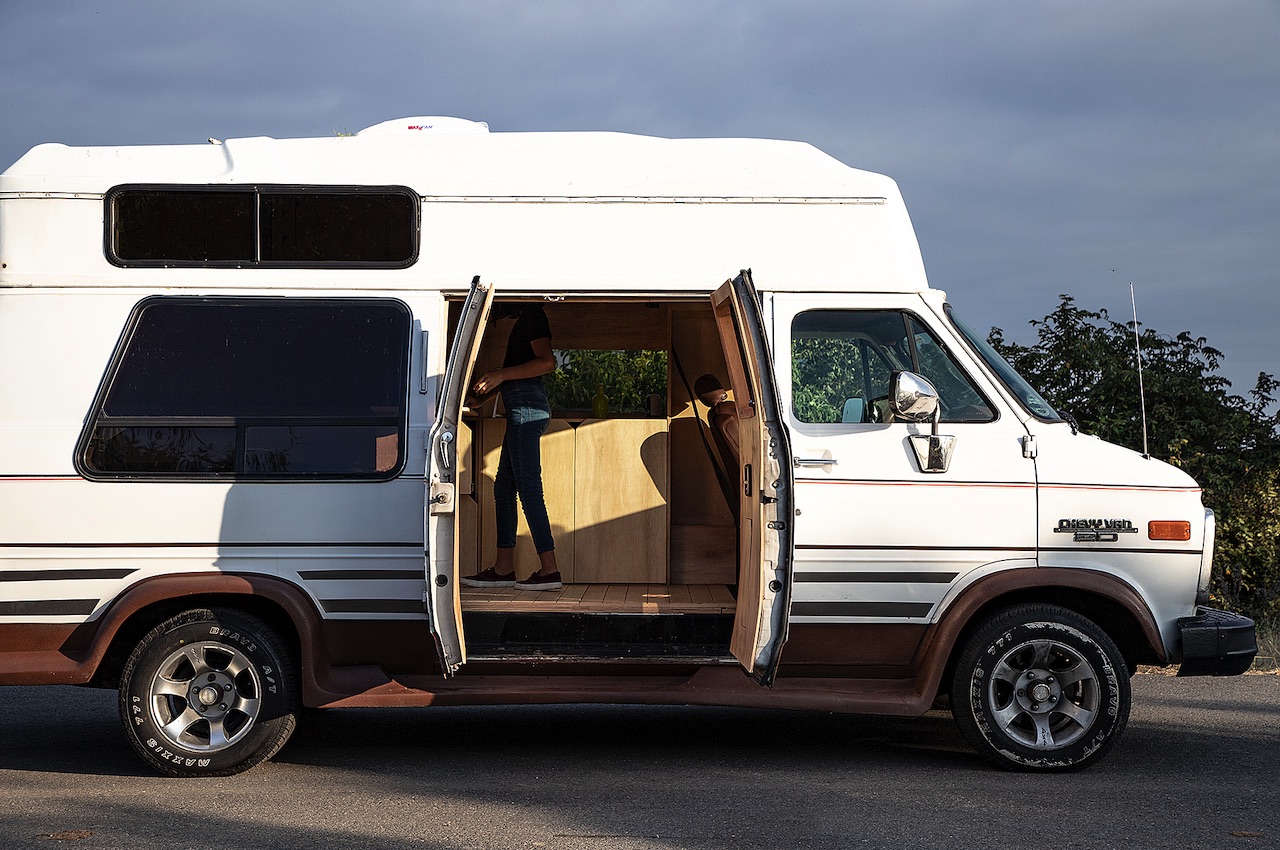
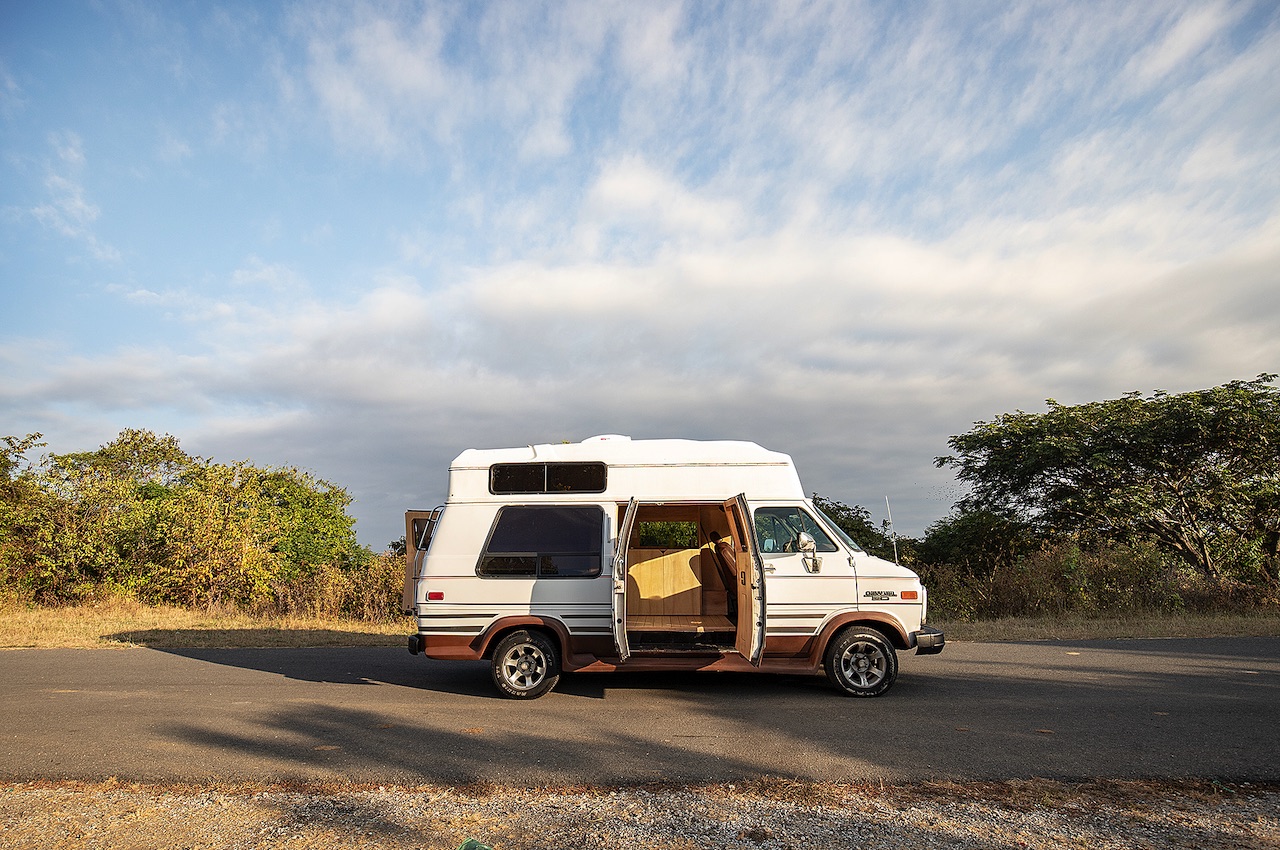
The Dodo Van has been designed for a young couple who wants to live in a smaller place. The 1993 Chevy van was actually purchased for work and travel. Inside the van, you can see a full-sized mattress and a kitchenette with a fold-up dining table, and more.
Why is it noteworthy?
The Dodo Van is a design exercise that challenges transformation, limitations, and spatiality. The designers considered the needs of the young pair working with local communities. They are also frequent travelers who love to explore new places. They only take with them their essentials, so a small mobile home is just right.
What we like
- For thermo-acoustic proper insulation, rock wool was actually used on the ceiling, walls, and the floor
- There is an independent battery connected to the vehicle’s alternator for electricity
What we dislike
- The Dodo Van is small but it can comfortably accommodate a group of people
4. Tind
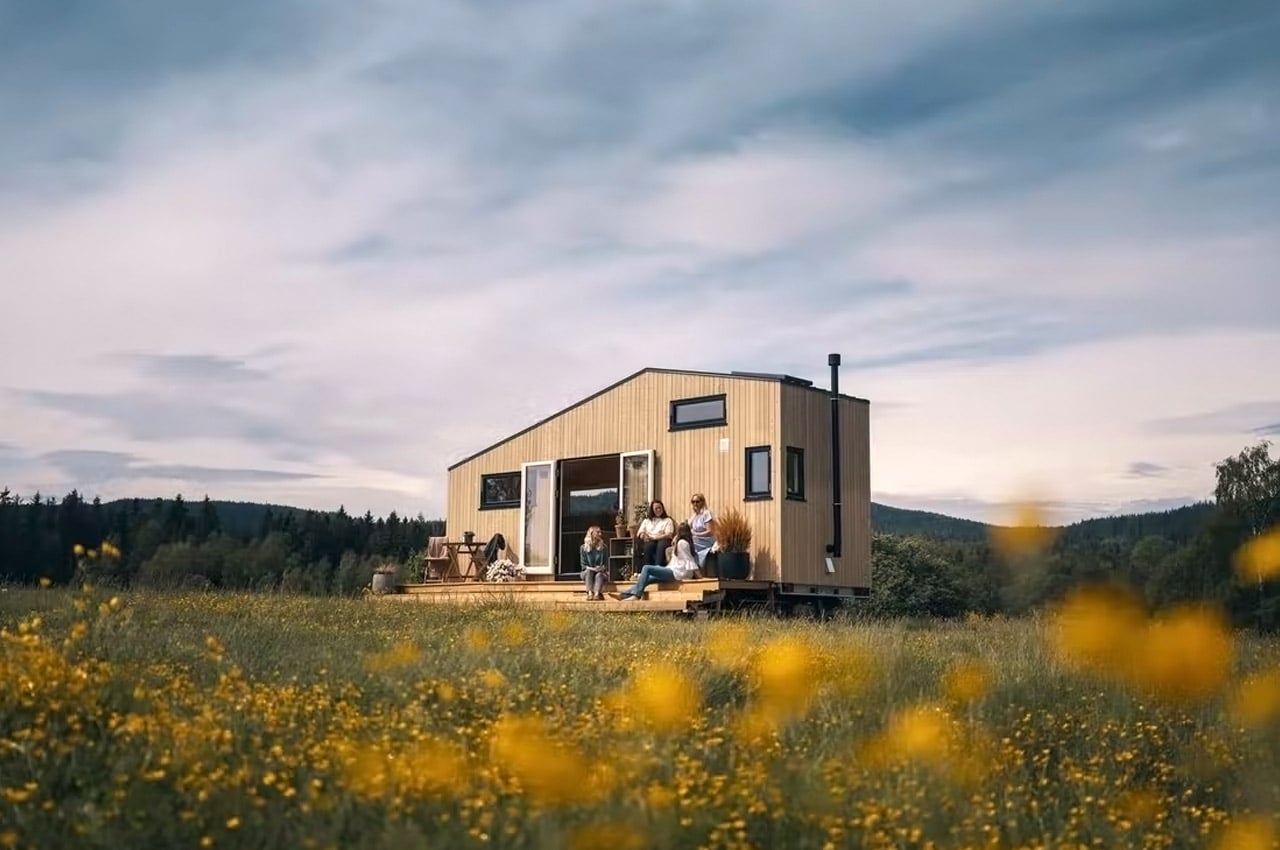
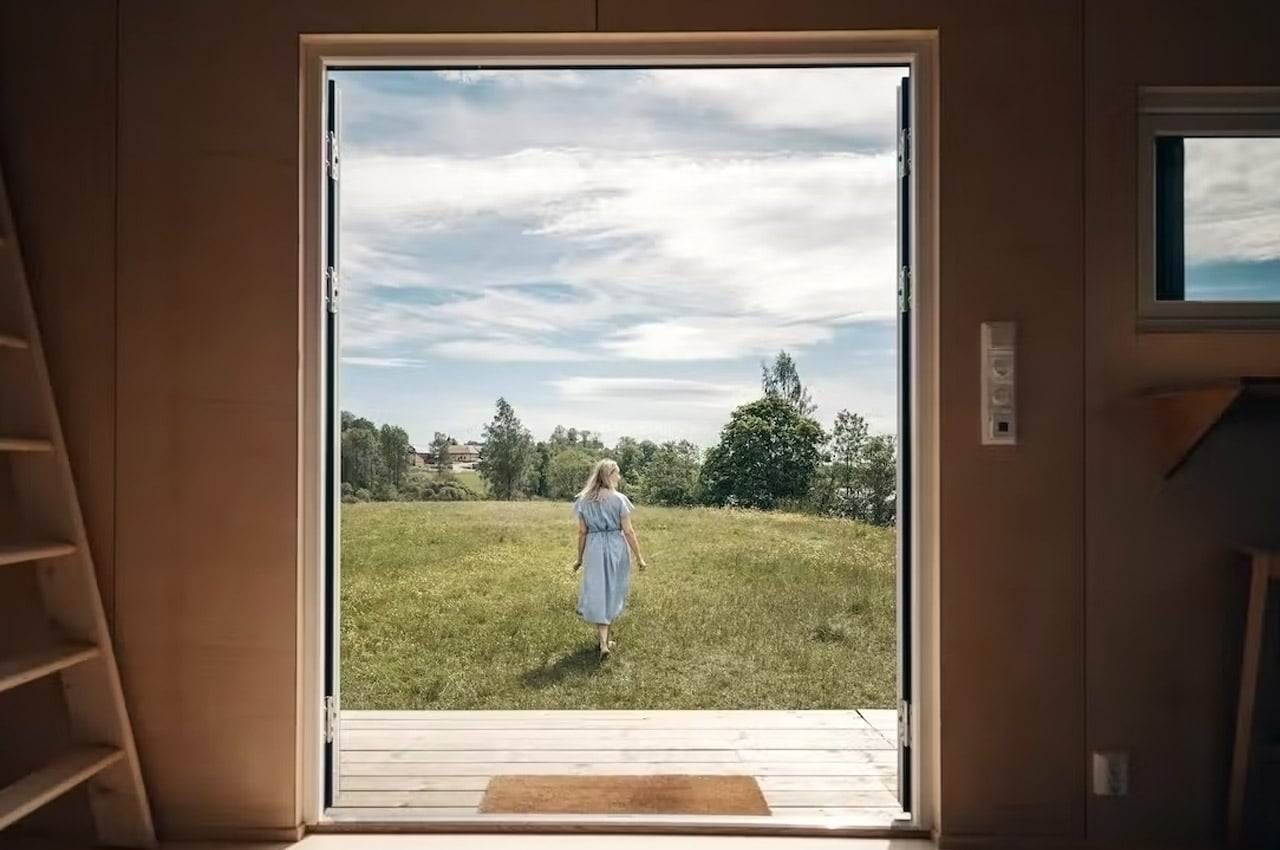
David and Jeanette Reiss-Andersen, cofounders of the Oslo-based tiny home company Norske Mikrohus, decided to build an eco-friendly and affordable alternative to the pricier standard-size homes available on the market.” We wanted to create something for people looking for a way out of the rental and mortgage markets—something for those who want easy access to nature and to live with fewer possessions,” said David. And their efforts led to the birth of ‘Tind’ – a beautiful wood-wrapped tiny home built in Norwegian style.
Why is it noteworthy?
Not only is Tind built from environmentally friendly Nordic materials, but it was also designed to withstand Nordic weather conditions. Tind was designed with one important goal in mind – to encourage flexibility and freedom. It’s a home you can move around in and take wherever you want to.
What we like
- Sustainable + eco-friendly
- Inspired by Norwegian aesthetics
What we dislike
- No complaints!
5. Base Cabins’s Tiny Home
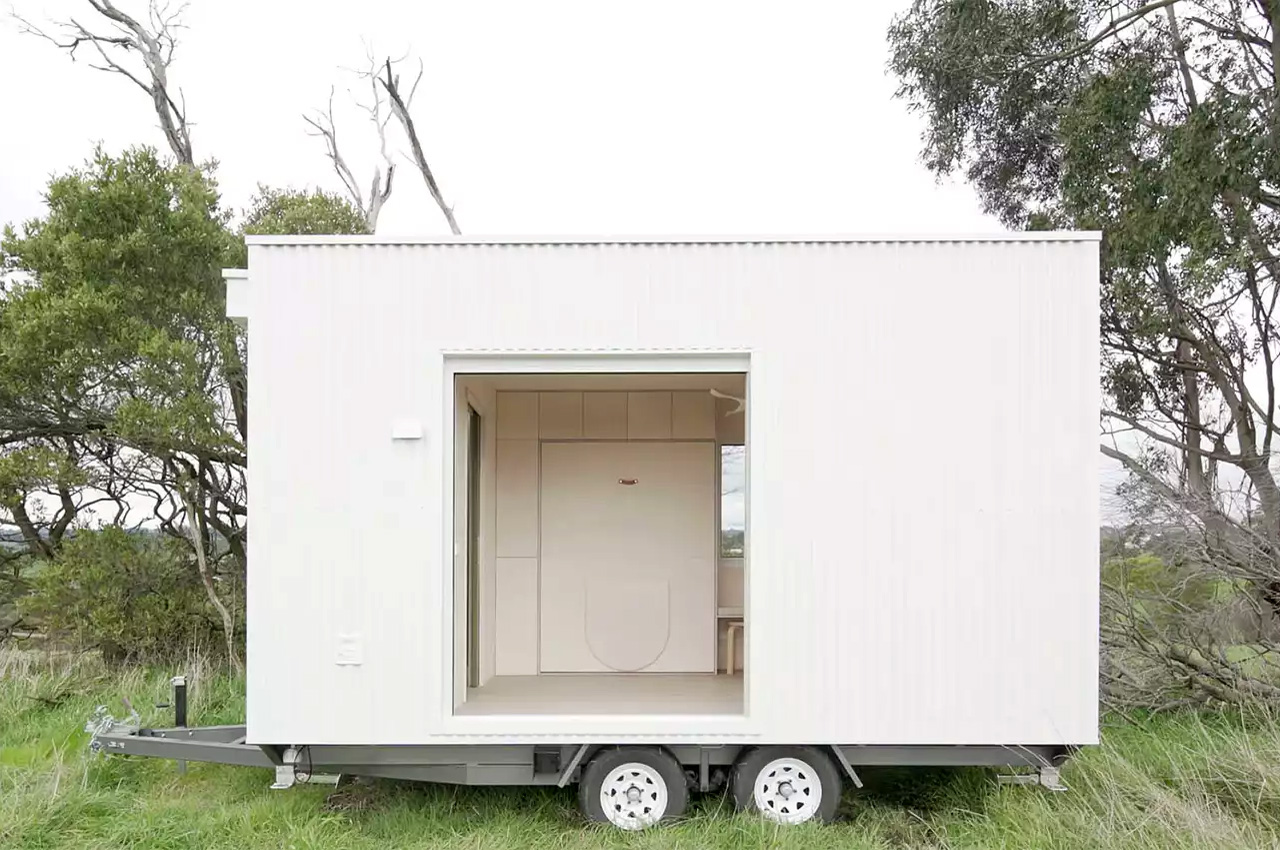
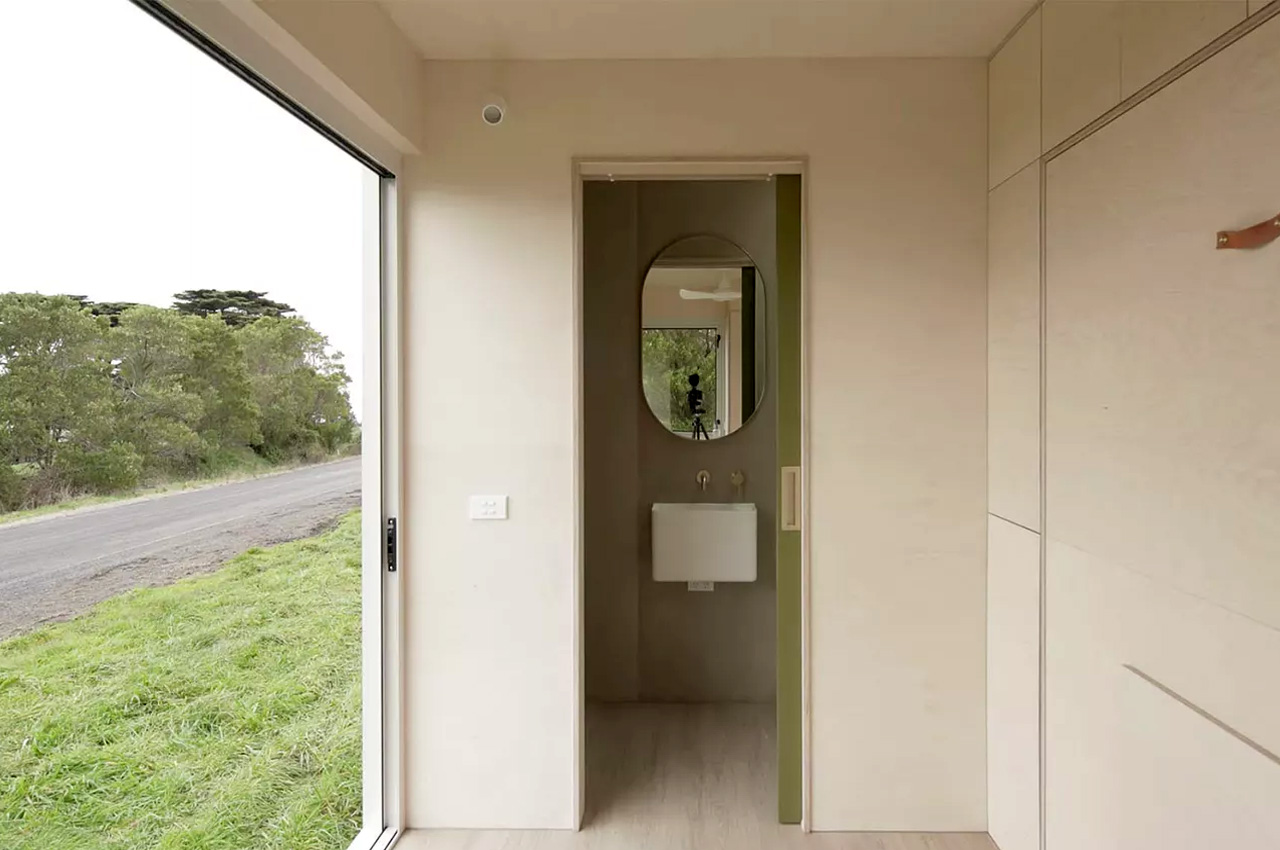
Tiny home builder Base Cabin collaborated with Matt Goodman Architecture Office to create this super minimalistic tiny home on wheels inspired by the simplicity of livestock sheds.
Why is it noteworthy?
The clean and simple home was designed to beautifully merge with farms, vineyards, or even the Australian bush. The aim was to ensure that the residents feel one with the surroundings and that there is no sense of separation between the home and the landscape.
What we like
- Although the home occupies a tiny footprint, it is made to feel more spacious than it is, owing to the placement of operable windows
- By integrating a lot of the functional storage requirements into the walls, they were able to maximize the floor space
What we dislike
- No complaints!
6. Common Knowledge x Tigín Tiny Homes
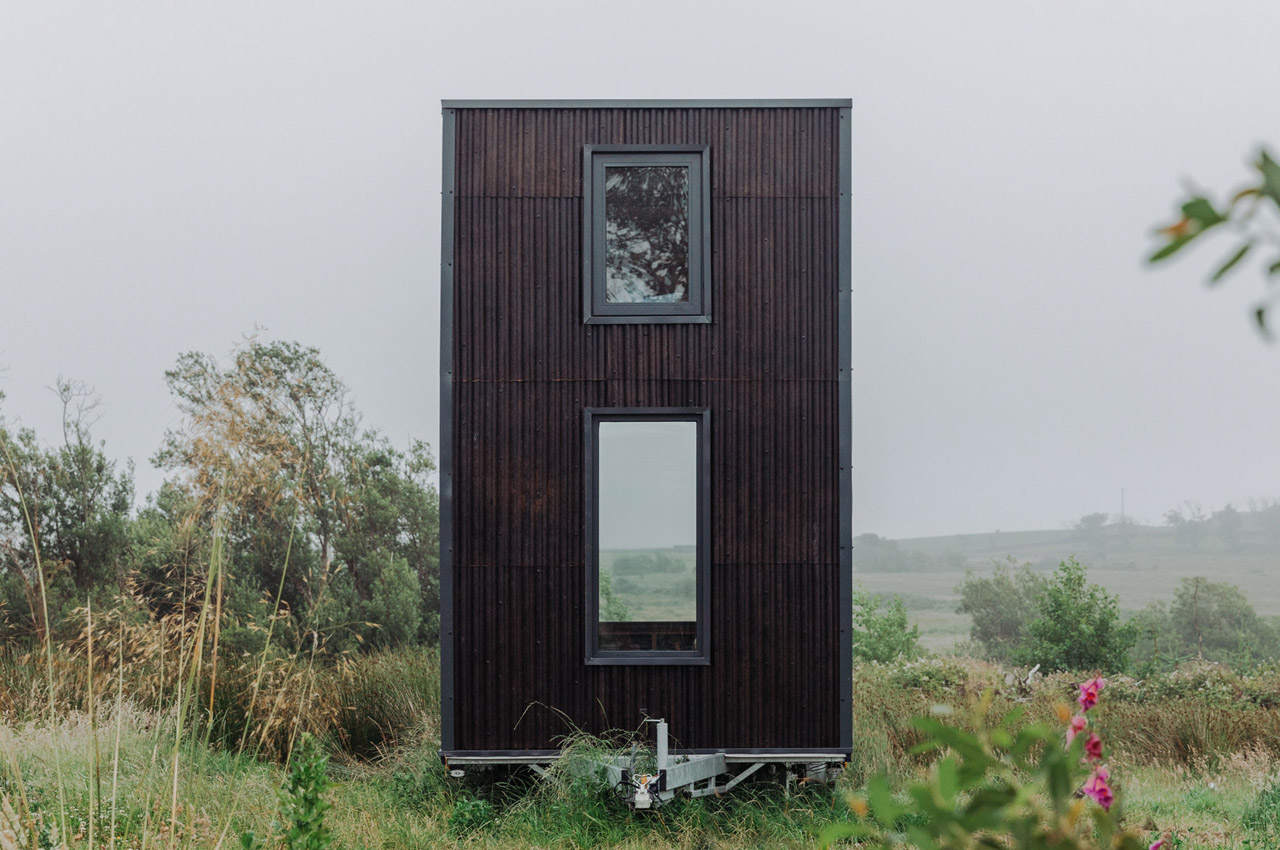
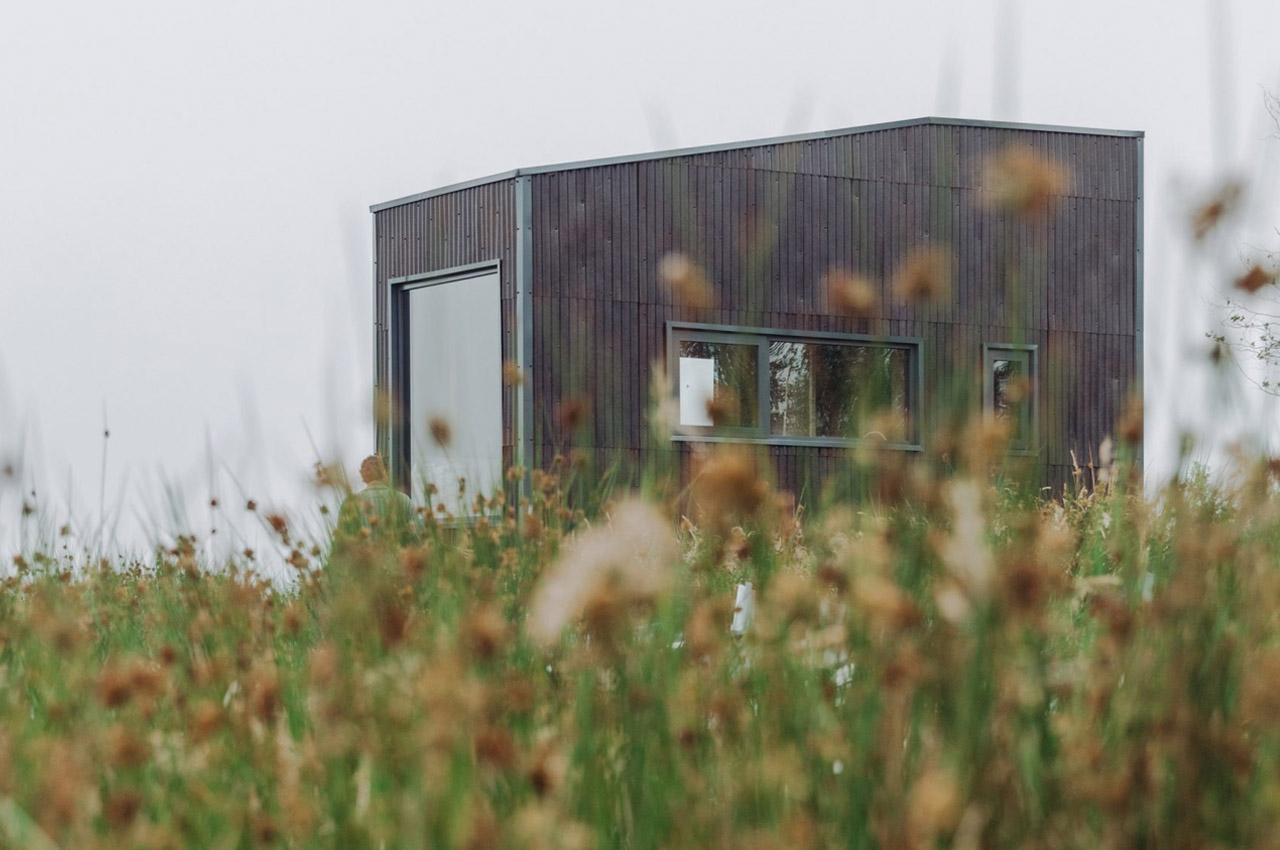
Irish social enterprise Common Knowledge has collaborated with Tigín Tiny Homes to create low-carbon micro homes that are meant to provide sustainable and economical housing solutions to people struggling to buy their own homes. Currently, property prices in Ireland are increasing by 11 percent every year, and this project hopes to tackle this ongoing housing crisis, and “empower people to take action on the housing and climate crises.”
Why is it noteworthy?
Besides building these sustainable and affordable dwellings, they are also providing training schemes to teach residents how to build and repair their own homes! The founder of Common Knowledge, Fionn Kidney said, “Ultimately, the plan of our Tigín project is not just to build these Tiny Homes, but to teach more than two hundred people with the skills to build these or any other project themselves, whilst creating and releasing a free-to-use blueprint at the end of this year.”
What we like
- The twenty-square-foot homes feature a facade of corrugated hemp panels, cork insulation, and natural rubber flooring
- The homes are spread out across two levels, giving them a spacious feel, although they are compactly sized
What we dislike
- Not the most aesthetically pleasing homes
7. Buster


Buster is located in Matamata, just a couple of hours away from Auckland, New Zealand. You will be able to hear the sound of spring river water flowing around you as you’re surrounded by trees, stones, valleys, and basically the joys of nature. It’s located below the Kaimai Range “amongst ancient native bush and farmland”. It is a tiny home perfect for one person or a couple who wants to temporarily or even permanently live in such an area and to have something that is built sustainably and with the environment and your comfort in mind.
Why is it noteworthy?
Instead of being made from timber, it uses black corrugate as it will last longer and can survive all the different kinds of weather that the area experiences. They also used plywood to bring “a sense of warmth” to the house and is in fact what is also used in the traditional kiwi trampers huts, giving you even more of a local feel but with modern conveniences. It’s a pretty good combination, having a more natural lodging but using sustainable technology and devices to give you comfort and function.
What we like
- Buster is powered by GridFree solar panels
- The house is oriented to the north so that it will be able to maximize the light during the summer and even during the winter
What we dislike
- The solar energy is only enough to power a small fridge, and lights, and to charge your smartphones
8. The Slope House
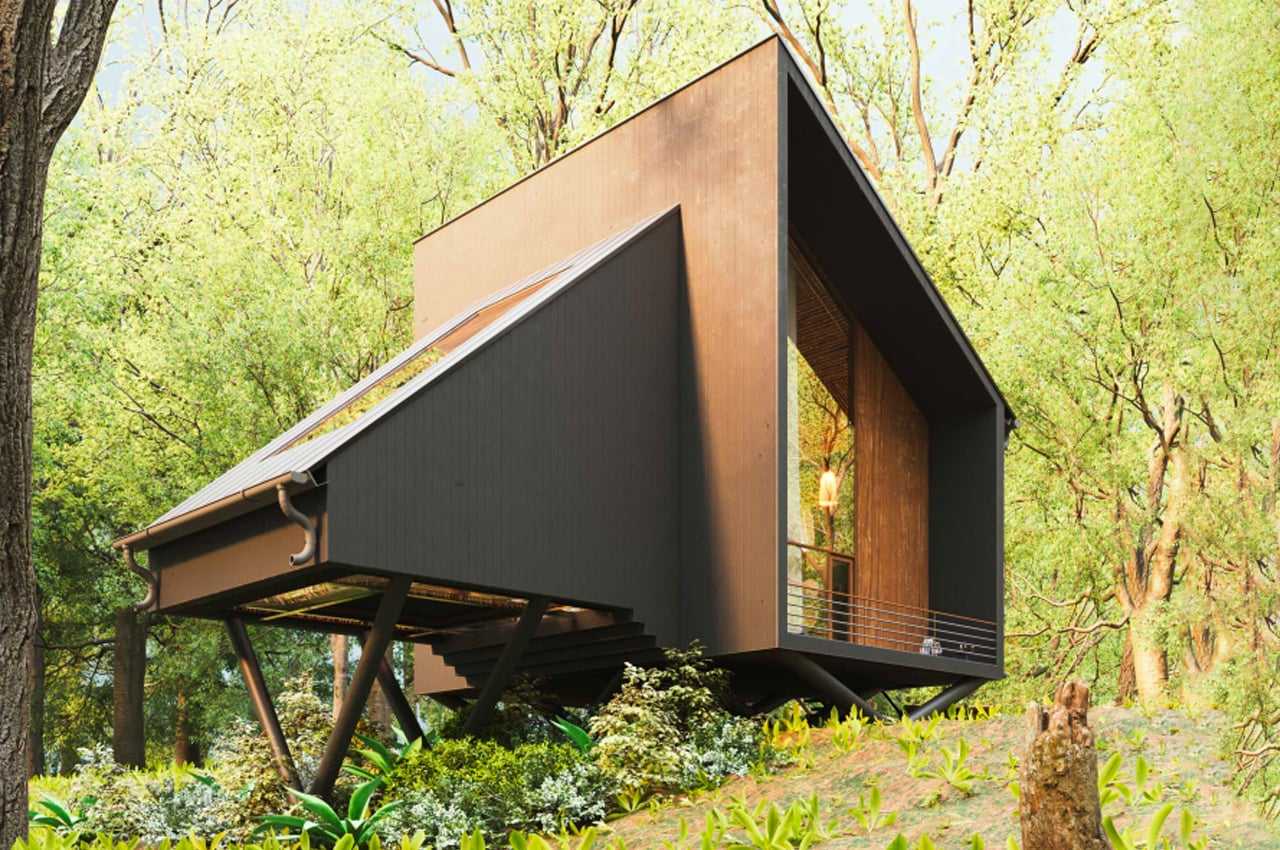
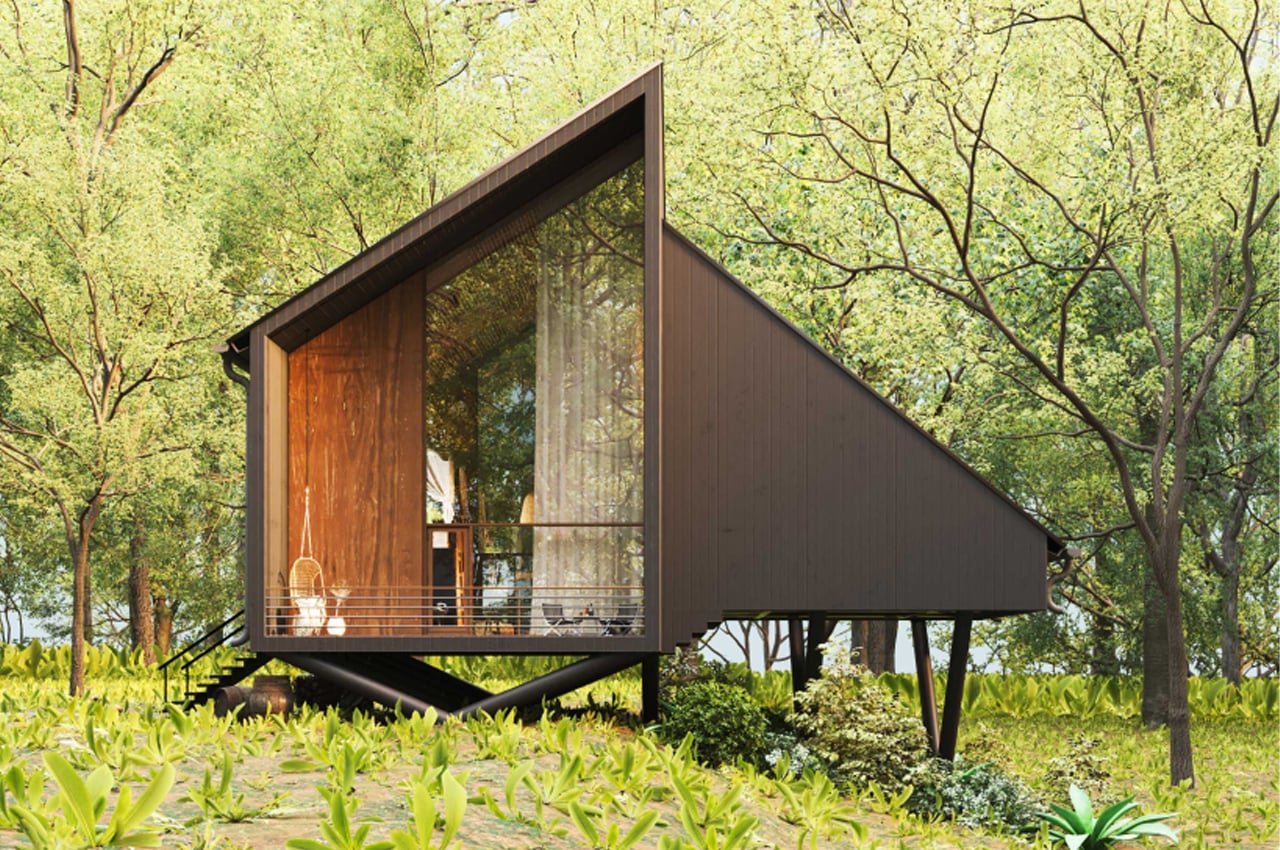
The Slope House from the 3D visualizer Milad Eshtiyaghi is an untraditional A-frame cabin that employs a biophilic design inside and out. 3D visualizer and international architect Milad Eshtiyaghi has long been drawn to escapist hideaways perched on rugged, seaside cliffs and isolated cabins envisioned beneath the Northern Lights. Today, he turns his gaze to tiny cabins. A bit more quaint than treacherous, Eshtiyaghi’s latest 3D visualization finds an angular, timber cabin nestled atop an idyllic hillside somewhere in the rainforests of Brazil.
Why is it noteworthy?
Dubbed the Slope House, the timber cabin maintains a signature triangular frame that’s a thoughtful twist on the conventional A-frame cabin. Defined by two modules, one internal volume hosts the cabin’s bedroom while the other keeps the home’s main living spaces, like the dining area, kitchen, and den. The tiny cabin from Eshtiyaghi is envisioned propped atop a truss system that was specifically chosen to minimize the home’s impact on the preexisting landscape.
What we like
- A biophilic design style has been integrated into the cabin’s interior spaces
- Natural plants have been added inside the house as a small garden
What we dislike
- The theme and form of the home may be a bit too eccentric for some
9. Azure’s ADUs
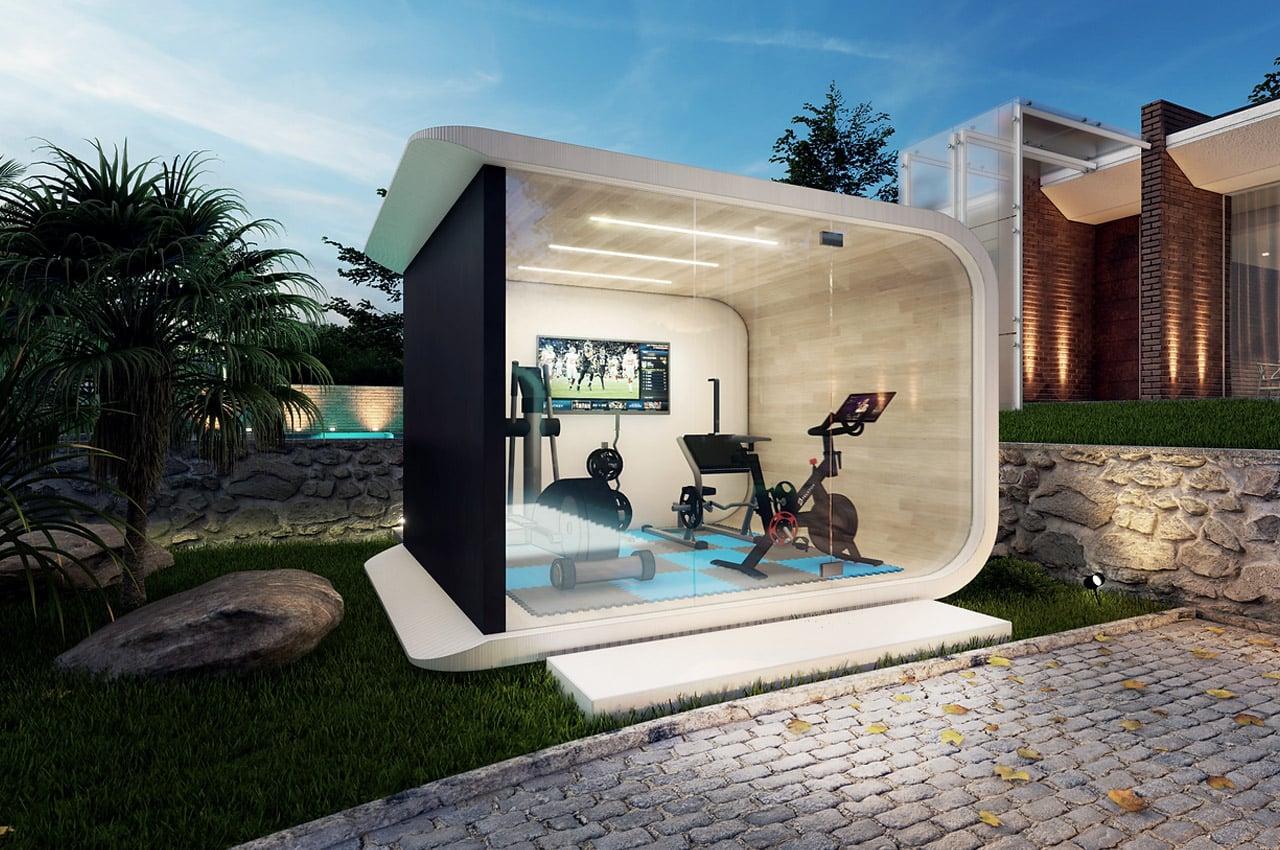
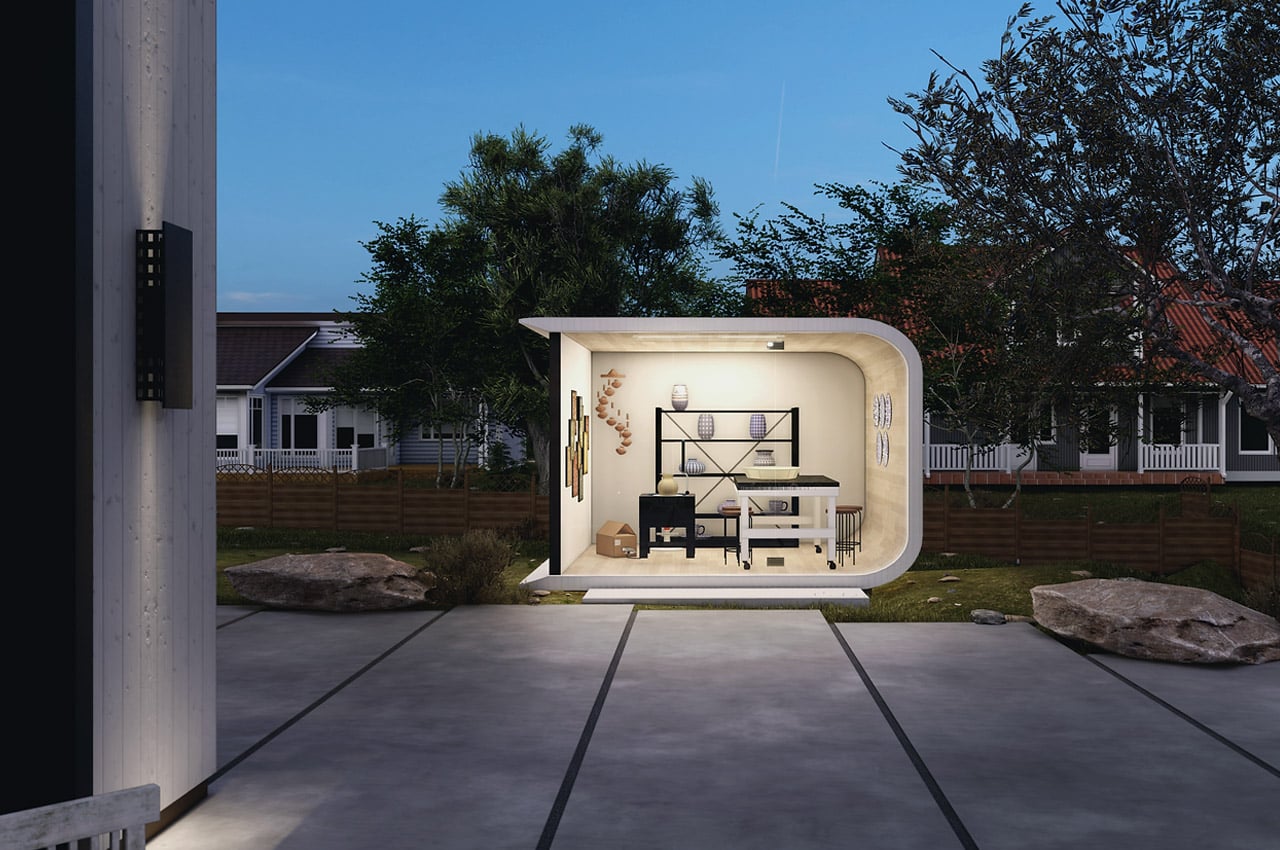
Azure, essentially specializes in ADUs or Accessory Dwelling Units, which are usually placed next to the main residence, or in the backyard of a home. Azure creates several models of these ADUs – from backyard office studios to a two-bedroom tiny home. The structures are modern and futuristic, amped with glass walls, recessed lighting, and pocket doors, providing them with the feel of a complete home.
Why is it noteworthy?
Within 20 hours, Azure 3D prints the homes – including their structural skeleton, exterior sheathing, water control barrier, exterior finish, utility passageways, and the grounding for interior finishes. Azure is taking a more sustainable approach by utilizing recycled plastic in construction. Over 60% of Azure’s printing material will be comprised of waterproof plastic polymer, which is usually found in plastic bottles or food packaging.
What we like
- Builds homes 70% faster, and 30% cheaper as compared to the traditional construction method
What we dislike
- No complaints!
10. MiniMod
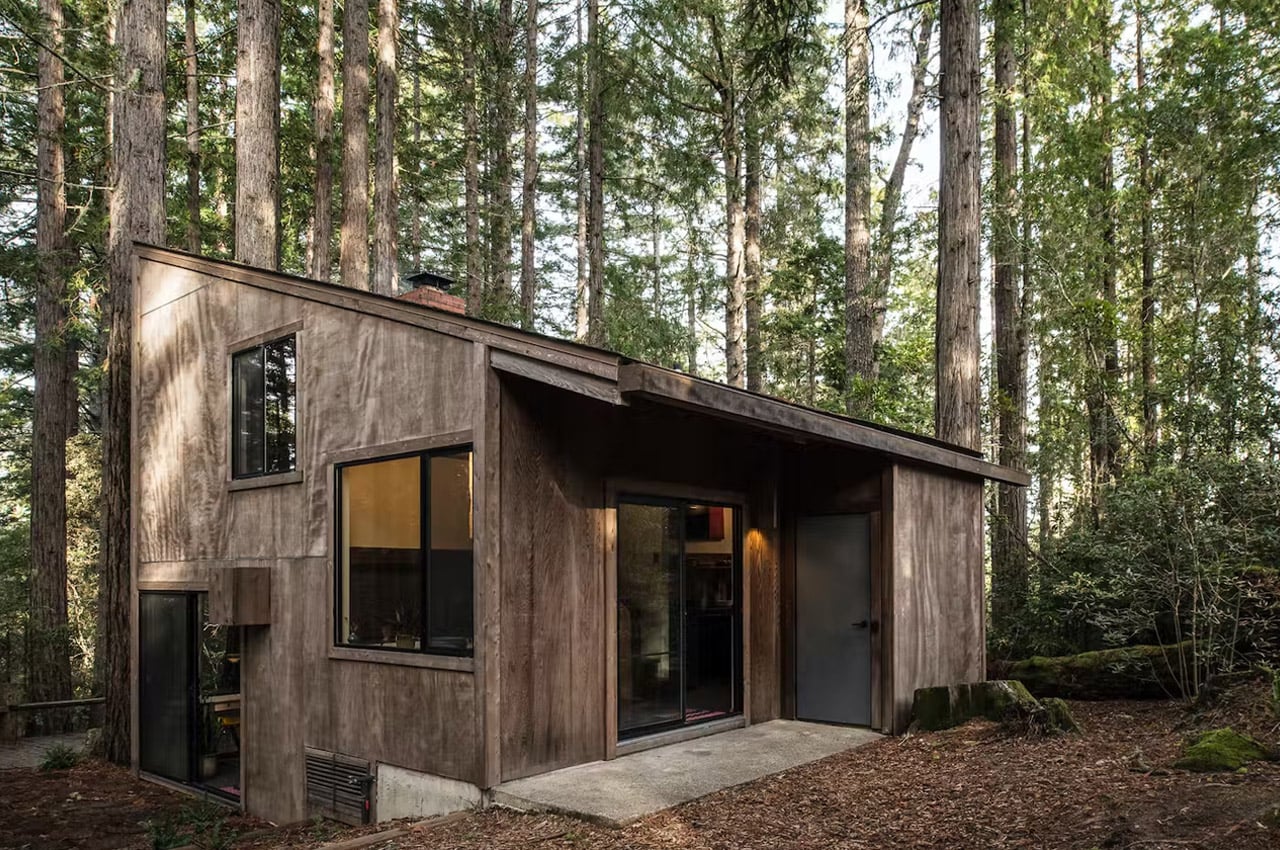
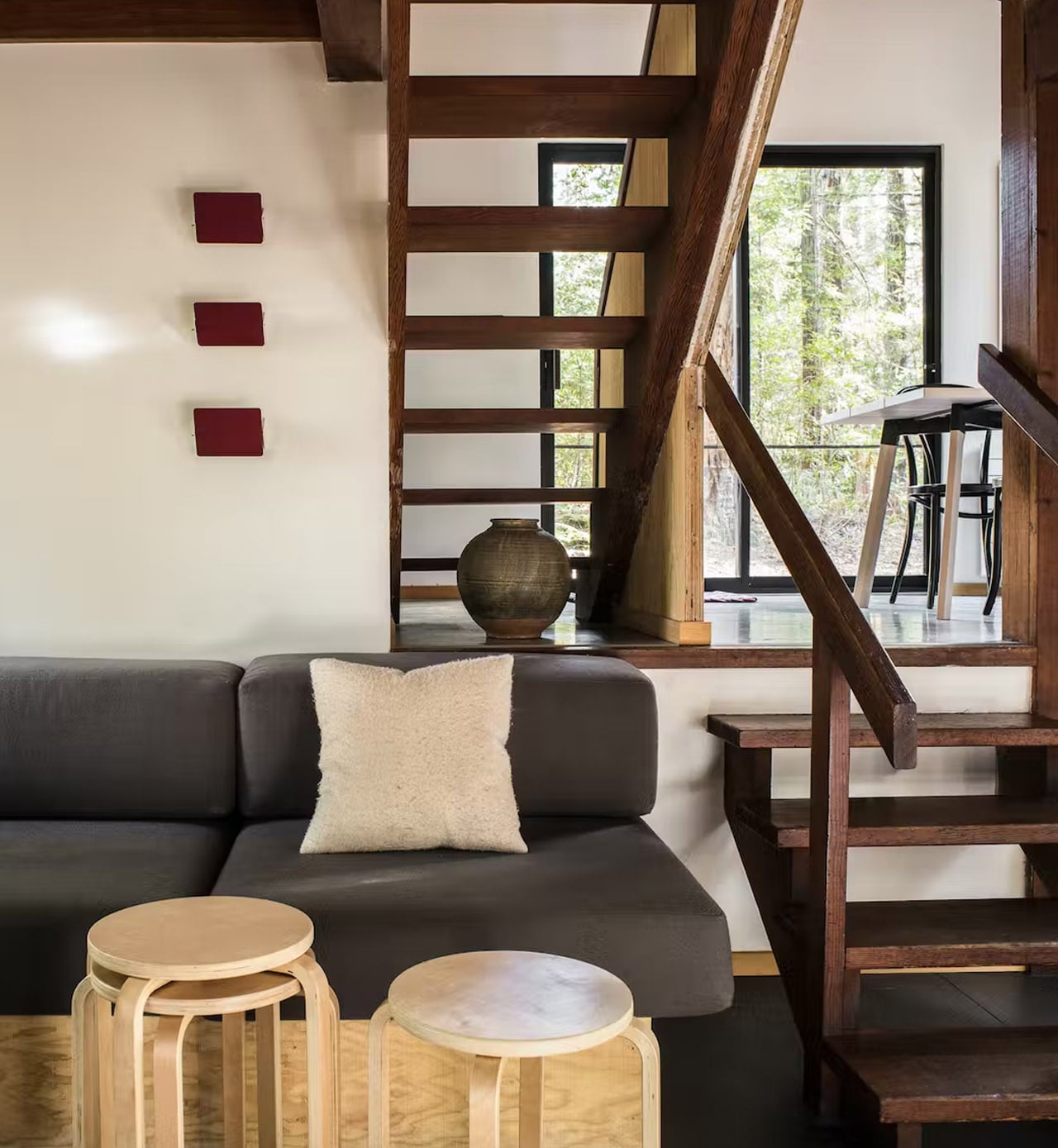
Nestled in the redwood forest of the popular and beautiful Sea Ranch community along the Sonoma, California coastline is a 684-square-foot weekend cabin that was originally designed by the acclaimed Bay Area architect Joseph Esherick. Called MiniMod, this cabin was lovingly restored and refurbished by Framestudio after it was purchased by its creative director Chad DeWitt, and his husband James Cook.
Why is it noteworthy?
The cabin was originally built to show how a comfortable and affordable home could be constructed while following the Sea Ranch building guidelines. The midcentury modern cabin has a stunning wooden exterior that allows it to effortlessly blend with the surrounding natural environment
What we like
- Midcentury aesthetics but modern amenities
- The history and heritage of the cabin have been maintained
What we dislike
- No complaints!



